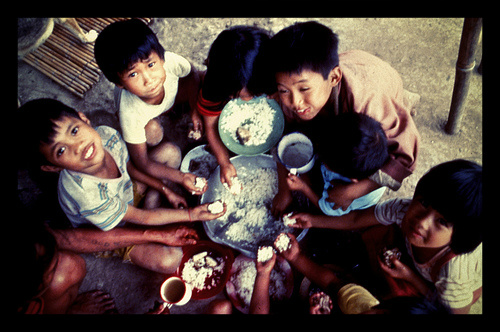
We all know working out is good for us. It makes you feel good and improves your health. But what if your workout could fight poverty as well? Sound too good to be true? It’s not! Here are 5 ways that you can help end poverty with your workout:
1) Charity Miles: This free app will track how many miles you run, walk, or bike and sponsor your efforts. For every mile you run or walk, they’ll donate a quarter, while a mile biking translates to a dime for charity. When you’re done with your workout, you share your success on a social media site and they send the money to a charity of your choice!
2) Run For Charity: This website will help you find a charity to run for. Charity runners use their training and hard work to raise money for the charity of their choice. Charities are extremely supportive of their runners, providing help with registration, training, and fundraising. Some will even have race day events for their runners. This is a great opportunity for runners to put all those miles to good use.
3) Plus 3 Network: This network was created by four guys who wanted to encourage people to get out and ride their bikes more. It has since grown to include all forms of exercise, which you can log on their website. You earn money for charity by logging your activity, so you feel even better about that yoga class or walk around the block.
4) Eco-Friendly Workout Gear: You show yourself some love by working out and staying healthy. Show the earth some love, too, by purchasing eco-friendly workout gear. Be sure to buy your shoes, socks, and clothing from eco-friendly companies like Montrail (shoes), Teko (socks), or Patagonia (clothing). Using reusable water bottles will keep plastic ones out of landfills and save you money. You can also look for secondhand fitness supplies, like weights, treadmills, and exercise balls to cut down on waste.
5) Donate Your Old Workout Gear: That fitness equipment that you just don’t use anymore could help someone else lead a healthier life. You can donate old sports balls, shoes, cleats, and the like to Sports Gifts, which redistributes old workout gear to underprivileged kids. Old tennis balls can go to Rebounces, which restores them and resells them as practice balls, saving space in our landfills. Your old orthotics that helped you get back to the activities you love can be given to Rebounces’ philanthropic organization, Joni and Friends. The nonprofit will give the equipment to disabled or injured people in the developing world.
– Katie Fullerton
Sources: Charity Miles, Plus 3 Network, SparkPeople, Oprah
Photo: DX Foundation
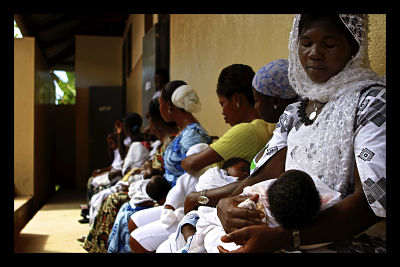
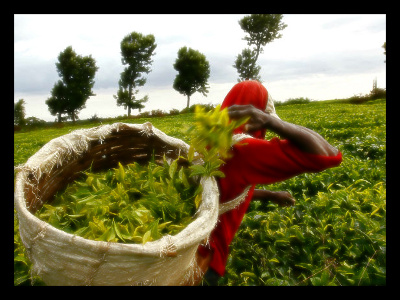


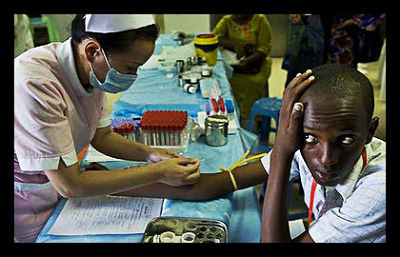
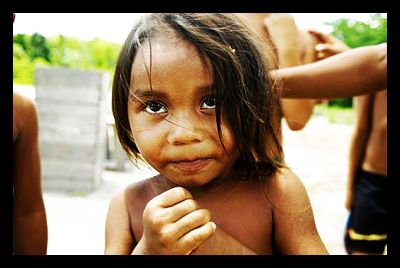
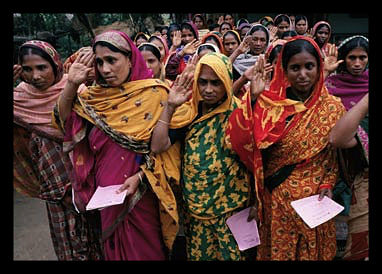 Physical or sexual violence against women is causing a global health problem of “epidemic proportions,” according to a new study released by the World Health Organization on June 20.
Physical or sexual violence against women is causing a global health problem of “epidemic proportions,” according to a new study released by the World Health Organization on June 20.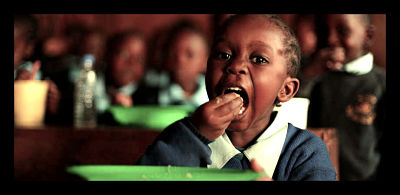 Every single day, families all across the world struggle to provide food for their children. The harsh effects of world hunger and malnutrition are shocking. In 2010, nearly 7.6 million children lost their lives. Of these children, nearly half died due to hunger and poor nutrition.
Every single day, families all across the world struggle to provide food for their children. The harsh effects of world hunger and malnutrition are shocking. In 2010, nearly 7.6 million children lost their lives. Of these children, nearly half died due to hunger and poor nutrition.